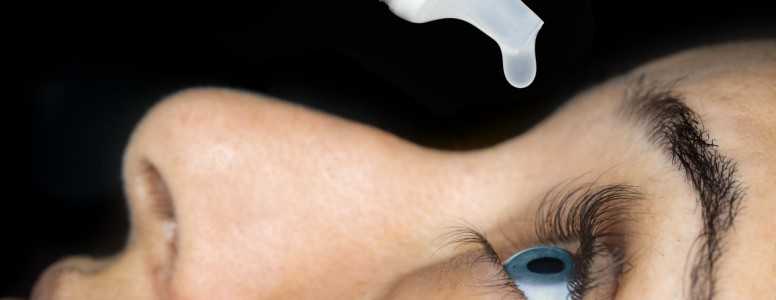Twice-daily eye drops containing neuroprotective agents could be used successfully to treat diabetic retinopathy, research suggests.
In a two-year trial the specialist drops were compared to placebo drops and shown to significantly slow the progression of neurodegeneration (decrease in nerve function) of the retina. The two drugs tested by the study were brimonidine and somatostatin.
Rafael Simo, MD, head of diabetes and metabolism at Vall d’Hebron Research Institute, Barcelona, Spain, and colleagues explored the effects of eye drops on patients to see if they could prevent or arrest neurodegeneratio, which results in the progressive loss of structure of the retina. The eye drops contained one of two neuroprotective agents: somatostatin or brimonidine.
A total of 449 patients with type 2 diabetes, half of whom had at least one microaneurysm (very small bleeding) in one eye, were randomised to twice-daily drops of brimonidine, somatostatin or placebo for 24 months.
The results showed that overall, the drugs did not show a difference compared with placebo in preventing neurodegeneration. However, the researchers noted that this may be down to the fact that almost two-thirds of the group did not have significant signs of nerve damage in the retina prior to the study.
When the researchers reviewed the 35 per cent of participants that did have marked signs of nerve damage at the start of the study, the drugs helped to halt the progression of neurodegeneration whereas the placebo drops could not. This indicates that the both of the drugs were effective in slowing down or halting the progression of nerve damage in the retina.
The researchers believe eye drops could be used to tackle early defects in small blood vessels of the eyediabetic retinopathy avoid laser surgery.
In a more unexpected finding, researchers also observed a population of patients with small amounts of bleeding in the eye, indicating retinopathy, but did not have signs of neurodegeneration. The researchers believe this may suggest there are some other currently unknown factors in the development of retinopathy.
“We have seen two types of patients. In one, neurodegeneration appears at the beginning and perhaps is important in the pathogenesis of diabetic retinopathy,” said Simo during an interview with Medscape Medical News. “But in some patients, we just found microangiopathy without neural dysfunction. This was a surprise. We have to understand more about these two phenotypes.”
As the number of side effects was high in users of brimonidine, the researchers are now interested in running further studies into somatostati, which showed fewer side effects, to test the longer-term effects of it.
“Further studies with somatostatin with longer follow-up in order to determine whether this beneficial neuroprotective effect results in reduction of microvascular disease are needed,” Simo concluded.
The results have been revealed at the European Association for the Study of Diabetes (EASD) 2017 Annual Meeting.
What's new on the forum? ⭐️
Get our free newsletters
Stay up to date with the latest news, research and breakthroughs.




